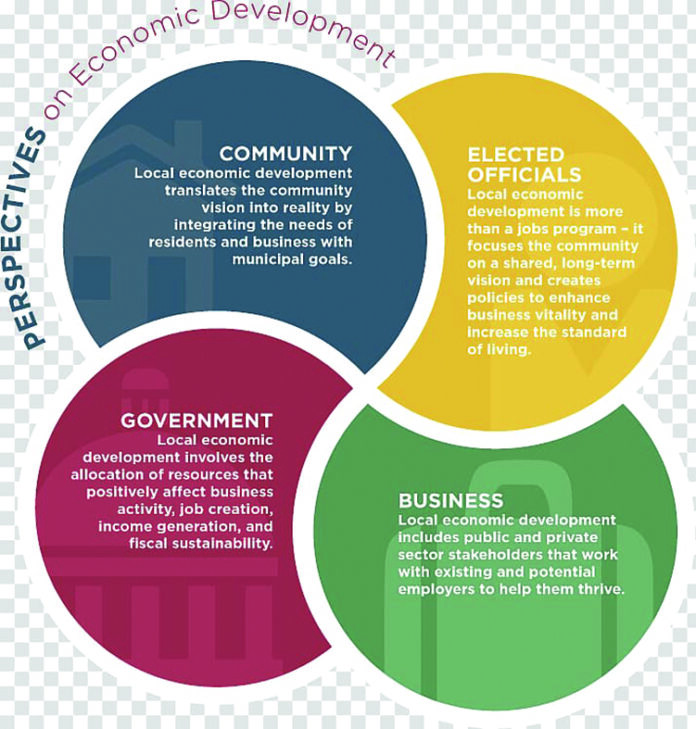When the Covid pandemic was at its peak, there were voices being raised from a number of corners– from politicians to academics, to general masses– about a ‘new normal’ whereby policy should take a multi-disciplinary approach, whereby instead of virtually watertight focus of policy from the perspective of economic policy, health policy, and environment policy, for instance, there should instead be collaboration because the issues are overlapping, and inter-linked.
Hence, a multidisciplinary approach is needed to allow internalizing actions required to have greater chances of reaching common goals, like effectively dealing with existential threats– climate change, and the ‘Pandemicene’ phenomenon– and meaningfully reducing poverty, and income inequality. This ‘common goals’ policy requires a potent multilateral spirit, and coming together of, for example, of macroeconomic, epidemiological, and environmental policies, since they all contribute to each other.
Moreover, there is need for greater collaboration between countries, for instance, on reaching a global pandemic treaty, so that unlike during the pandemic, a Covid vaccine is reached which is based on broad-based collaboration between countries, and among pharmaceutical companies. Unfortunately, reaching such a treaty still remains quite a distant dream in terms of fulfilment, as pointed out by a Jan 2024 Guardian published article ‘Global pandemic agreement at risk of falling apart, WHO warns’ as follows: ‘Plans for a global pandemic preparedness agreement risk falling apart amid wrangling and disinformation, according to the chief of the World Health Organization, who has warned that future generations “may not forgive us”.
Not just coming together, and collaborating in terms of technical knowledge, rich advanced countries, and multilateral institutions, like International Monetary Fund (IMF), need to release greater finances for developing countries– which are otherwise working with tight fiscal space in general, both due to daunting expenditure needs with regard to climate change-, health sector preparedness in the wake of the ‘Pandemicene’ phenomenon, and also for acute debt distress, especially due to over-board emphasis on austerity policies. This would, for instance, mean annual allocation of special drawing rights (SDRs) for countries, especially for developing countries.
Shaken by the Covid-19 pandemic, the WHO’s 194 member states decided more than two years ago to start negotiating an international accord aimed at ensuring countries are better equipped to deal with the next health catastrophe, or to prevent it altogether. The plan was to seal the agreement at the 2024 World Health Assembly, the WHO’s decision-making body, which convenes on 27 May. However, Tedros Adhanom Ghebreyesus, the WHO’s director-general, said the momentum had been slowed down by entrenched positions and “a torrent of fake news, lies, and conspiracy theories”.’
This also means for instance, reaching a legally binding global treaty on effectively reducing plastic production, since a significant amount of greenhouse gas emissions result from its production. According to the report ‘Plastic & climate: the hidden costs of a plastic pandemic’, published by the Center for International Environmental Law among others, pointed out in this regard: ‘The plastic pollution crisis that overwhelms our oceans is also a significant and growing threat to the Earth’s climate. At current levels, greenhouse gas emissions from the plastic lifecycle threaten the bility of the global community to keep global temperature rise below 1.5°C. With the petrochemical and plastic industries planning a massive expansion in production, the problem is on track to get much worse. If plastic production and use grow as currently planned, by 2030, these emissions could reach 1.34 gigatons per year– equivalent to the emissions released by more than 295 new 500-megawatt coal-fired power plants. By 2050, the cumulation of these greenhouse gas emissions from plastic could reach over 56 gigatons– 10-13 percent of the entire remaining carbon budget. Nearly every piece of plastic begins as a fossil fuel, and greenhouse gases are emitted at each of each stage of the plastic lifecycle: 1) fossil fuel extraction and transport, 2) plastic refining and manufacture, 3) managing plastic waste, and 4) its ongoing impact in our oceans, waterways, and landscape.’
Not just coming together, and collaborating in terms of technical knowledge, rich advanced countries, and multilateral institutions, like International Monetary Fund (IMF), need to release greater finances for developing countries– which are otherwise working with tight fiscal space in general, both due to daunting expenditure needs with regard to climate change-, health sector preparedness in the wake of the ‘Pandemicene’ phenomenon, and also for acute debt distress, especially due to over-board emphasis on austerity policies. This would, for instance, mean annual allocation of special drawing rights (SDRs) for countries, especially for developing countries.
In addition, there is a need for putting in place a better debt restructuring framework, one that better involves the private sector. An April 21 article ‘World Bank official calls for shake-up of G20 debt relief scheme’ and published by The Guardian pointed out ‘The mechanism for providing debt relief to the world’s poorest countries is failing to produce results and requires a major rethink, a senior official at the World Bank has said. Indermit Gill, the bank’s chief economist, said that after four years the G20’s common framework – designed to speed up and simplify debt restructuring – had not provided a single dollar of new money. More than half the 75 countries deemed poor enough to be eligible for concessional finance from the World Bank are either in distress or close to it, and Gill said cripplingly high repayments were entrenching poverty. …He said lessons should be learned from the blueprint drawn up in the 1980s by the then US treasury secretary, Nicholas Brady, to deal with a previous debt crisis. The Brady plan provided a systematic approach to debt relief, ensured private creditors were part of the process from the start, and involved creditors accepting losses in return for assurances about the ability of debtor countries’ capacity to repay.’























